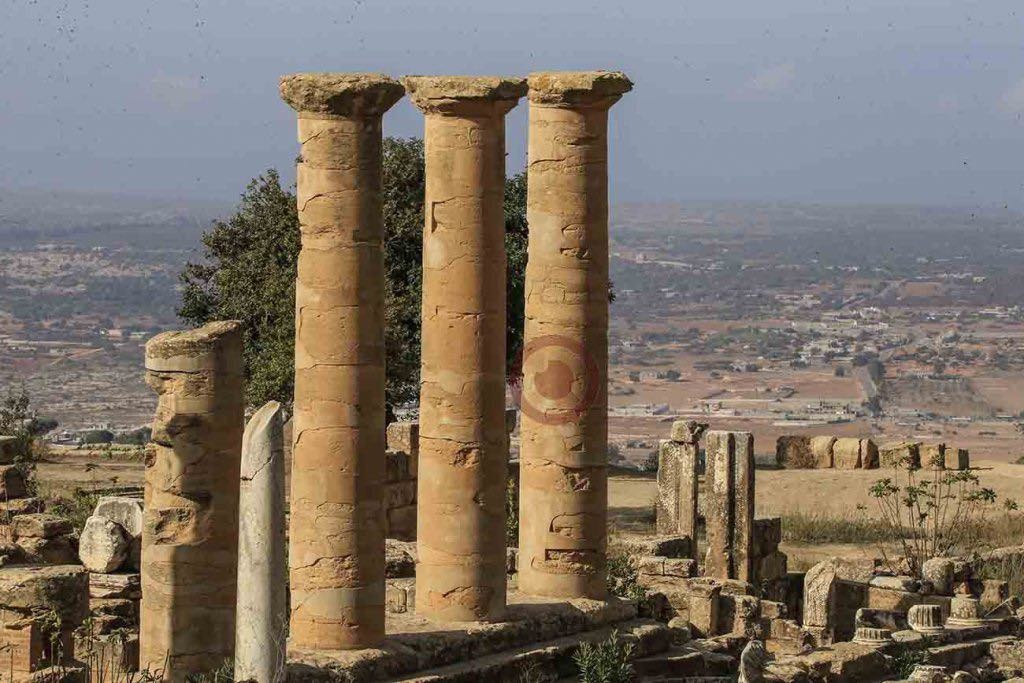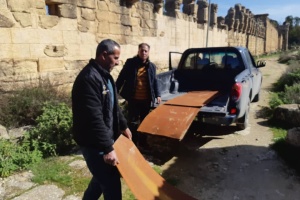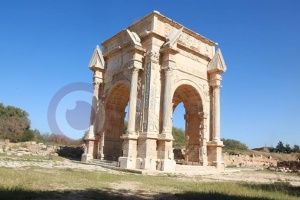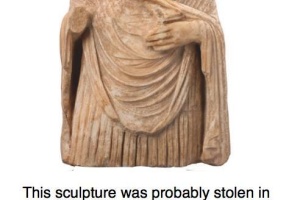Shahat, Cyrene (Qurina), (Greek: Κυρήνη - Kyrēnē) is an ancient city founded by the Greeks in the District of the Green Mountain (Jabal Al-Akhdar), north-eastern Libya, it lies in a lush valley in the Green Mountain uplands. It is located 10 kilometres east of Al-Bayda city. And considered the second largest city in the Green Mountain after the city of Al-Bayda. It was an ancient Greek and later Roman city near present-day Shahhat. It is linked with Derna by two roads, the inner one running through Al Qubah, which is a part of the Libyan Coastal Highway and the coastal one running through Susa and Ras Al-Helal. It was the oldest and most important of the five Greek cities in the region. It gave eastern Libya the classical name Cyrenaica that it has retained to modern times. it is also one of the most beautiful cities in Libya, and ranked third among the ten most beautiful cities in the Arab world. The city is currently affiliated to the Green Mountain Governorate. Its population around 43,376 (2004).
Origin of the Name (Cyrene and Shahat)
A Greek legend states that the name ‘Cyrene’ came from the name of a nymph that was spotted by Apollo wrestling and strangling a lion in the jungle. Whereas it called ‘Shahat’ because of the scarcity of water, as it contained springs that has depleted.
Foundation and History
The city followed all the empires that followed the rule of northern Libya including the Republicans in 414 BC, Alexander the Great and the Greek rulers in 332 BC, the Romans in 96 BC, the Byzantines in 324 AD, and the Islamic conquest in 635 AD.
Greek period
It was founded in 631 BC as a settlement of Greeks from the island of Thera, traditionally led by Battus, who was its first ruler for 40 years. It became the chief town of Libya and reached its heights prosperity in the fourth century BC by establishing commercial relations with all the Greek cities.
Roman Period
In 74 BC, the Roman province of Cyrene was created. However, while the Jewish population under the rule of the Ptolemies enjoyed equal rights, it is said that they were increasingly suppressed by the Greek population. Tensions culminated in the revolt of the Jews of Cyrene under Vespasian (73 AD, the First Jewish-Roman War) and especially Trajan (117 AD, the War of Kitos). This revolt was suppressed by Marcius Turbo, but not before large numbers of civilians were brutally murdered by the Jewish rebels.
Grandeur of the city
The city is characterized by the Greek baths, the Temple of Zeus, which was founded in the fifth century BC, the Temple of Apollo and other temples, the Agora, the Shura Council, and the Castle of the Acropolis. In the Roman era, some modifications were added the to Greek buildings and many new buildings were built, including the Roman baths, theater, Hercules portico, many temples and monuments, in addition to the outer wall, which was built in the first and second centuries AD, however there are many churches dating back to the Byzantine era. It was previously visited by a number of personalities, including the Greek philosopher Plato. It also classified by the United Nations Educational, Scientific and Cultural Organization (UNESCO), on the list of World Heritage Sites in Libya since 1982. The prosperity of Cyrene was founded on the silphium plant, where it resembles a stylised leek or a sunflower. The plant once grew only in Libya and apparently its extinction was a grievous blow to the city's economy.
[VIDEO::http://www.youtube.com/watch?v=T_kWonTumT4]





